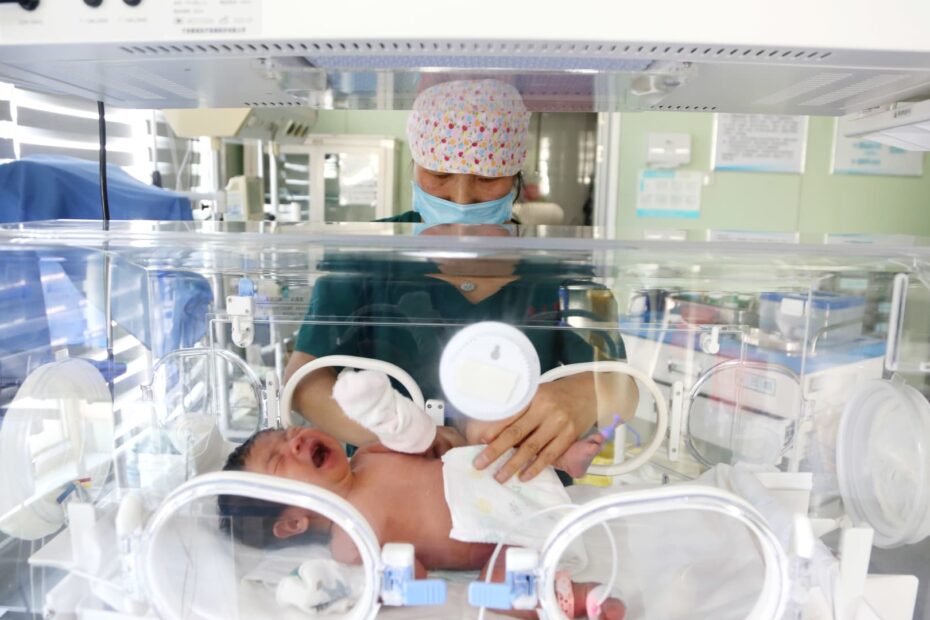China is facing a demographic crisis as its population ages and birth rates continue to decline. In an effort to combat this issue, the Chinese government has been pushing for more babies to be born, but many experts believe that the incentives being offered are not enough to truly address the problem.
China’s one-child policy, which was in place from 1979 to 2015, has had a lasting impact on the country’s demographics. The policy was implemented to control population growth, but it resulted in a skewed sex ratio, an aging population, and a shrinking workforce. In recent years, the government has tried to reverse these trends by encouraging couples to have more children.
In 2016, the Chinese government implemented a two-child policy, allowing all couples to have two children instead of just one. However, the birth rate has continued to decline, with many couples choosing to have only one child due to the high cost of raising a family in China. In response, the government has introduced various incentives to encourage couples to have more children, such as longer maternity leave and subsidies for childcare.
While these incentives may seem appealing on the surface, many experts argue that they are not enough to truly address the root causes of the declining birth rate in China. The high cost of living, limited access to affordable childcare, and the pressure to succeed in a competitive society are all factors that make couples hesitant to have more children.
Furthermore, the Chinese government’s push for more babies overlooks the fact that many young couples simply do not want to have more children. The traditional family model of having multiple children to support parents in old age is no longer as relevant in modern Chinese society, where young people are more focused on their careers and personal goals.
In addition, the rising cost of living and housing prices in urban areas make it difficult for young couples to afford to have more children. The financial burden of raising a family, coupled with the pressure to provide a good education for their children, is a major deterrent for many couples.
Ultimately, the Chinese government’s push for more babies amid the demographic crisis lacks real incentives to address the root causes of the declining birth rate. In order to truly address this issue, the government needs to focus on creating a more family-friendly environment by providing affordable childcare, improving work-life balance, and reducing the financial burden of raising a family. Only then will couples feel more confident in starting or expanding their families, and the demographic crisis in China can be effectively addressed.
